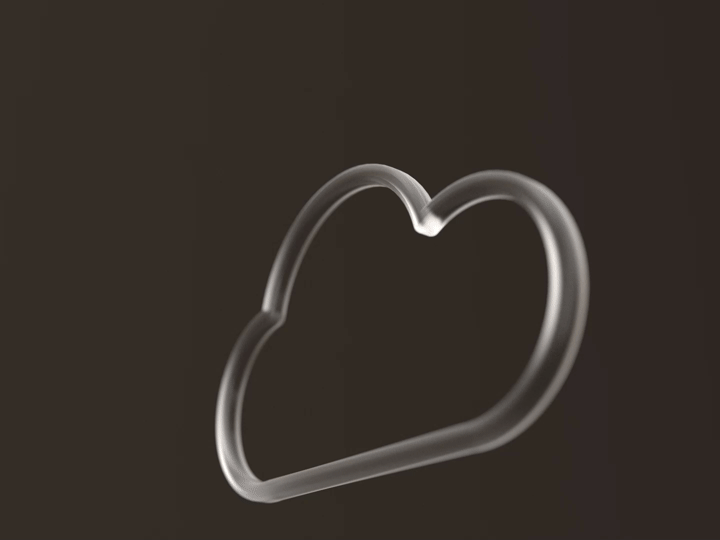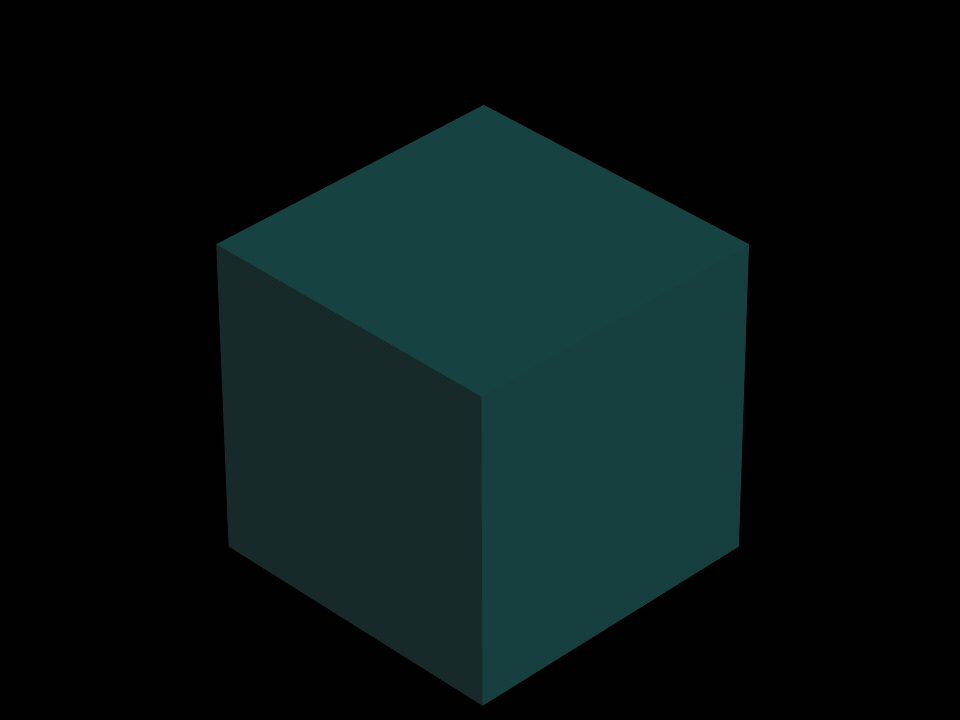Reuniting with the team at Reactiv Pictures on a project for the Canadian Cancer Society. My role in this production was to utilize the hero animation of the CG daffodil created by Jose Molfino, generate variations of that animation, and then integrate those into the live action plates.
BTS
A brief look into the process of putting together the shots.
Scaling up
Jose provided incredibly high fidelity animation and shaders for the close up shots of the daffodils at the onset of the project. The direction for the remaining shots, however, called for anywhere from three to several dozens of the flowers to bloom in a natural way that hid any repetition.
To accomplish this, Houdni's PDG system was used to generate variations in the hero animation and then output a set of cached animations including a low res placeholder, a full-res Redshift Proxy, and the full res animation. These we're all exported "in place", locked to world origin, so their overall position, rotation, and scales could be animated as needed from shot to shot.
To accomplish this, Houdni's PDG system was used to generate variations in the hero animation and then output a set of cached animations including a low res placeholder, a full-res Redshift Proxy, and the full res animation. These we're all exported "in place", locked to world origin, so their overall position, rotation, and scales could be animated as needed from shot to shot.
This decision opened the door to populating our shots with hundreds of flowers while being able to animate them in a highly art directable and efficient manner that allowed us to iterate rapidly.
Setting the Table
It was decided early in the production on a call among the vfx team that it would make most sense to create all the elements of the lab table in CG to make the most out of the light interactions between the daffodils, table top surface, and pill bottles.
After processing and shading the pill bottle assets, a system was devised that would populate the table top with bottles, randomly remove the caps off certain bottles, and place points to copy daffodils to on the open bottles. This allowed us to rapidly reconfigure the table with more or less bottles while retaining the freedom to make more spontaneous adjustments to their positions.
🤝
One of the more complex shots in the piece. Because the flowers would be emerging through such small gaps, and since we couldn't simulate them all efficiently, a custom Houdini system was developed to minimize intersections and control the blooming of the petals once they were a safe distance from the hand geometry.








